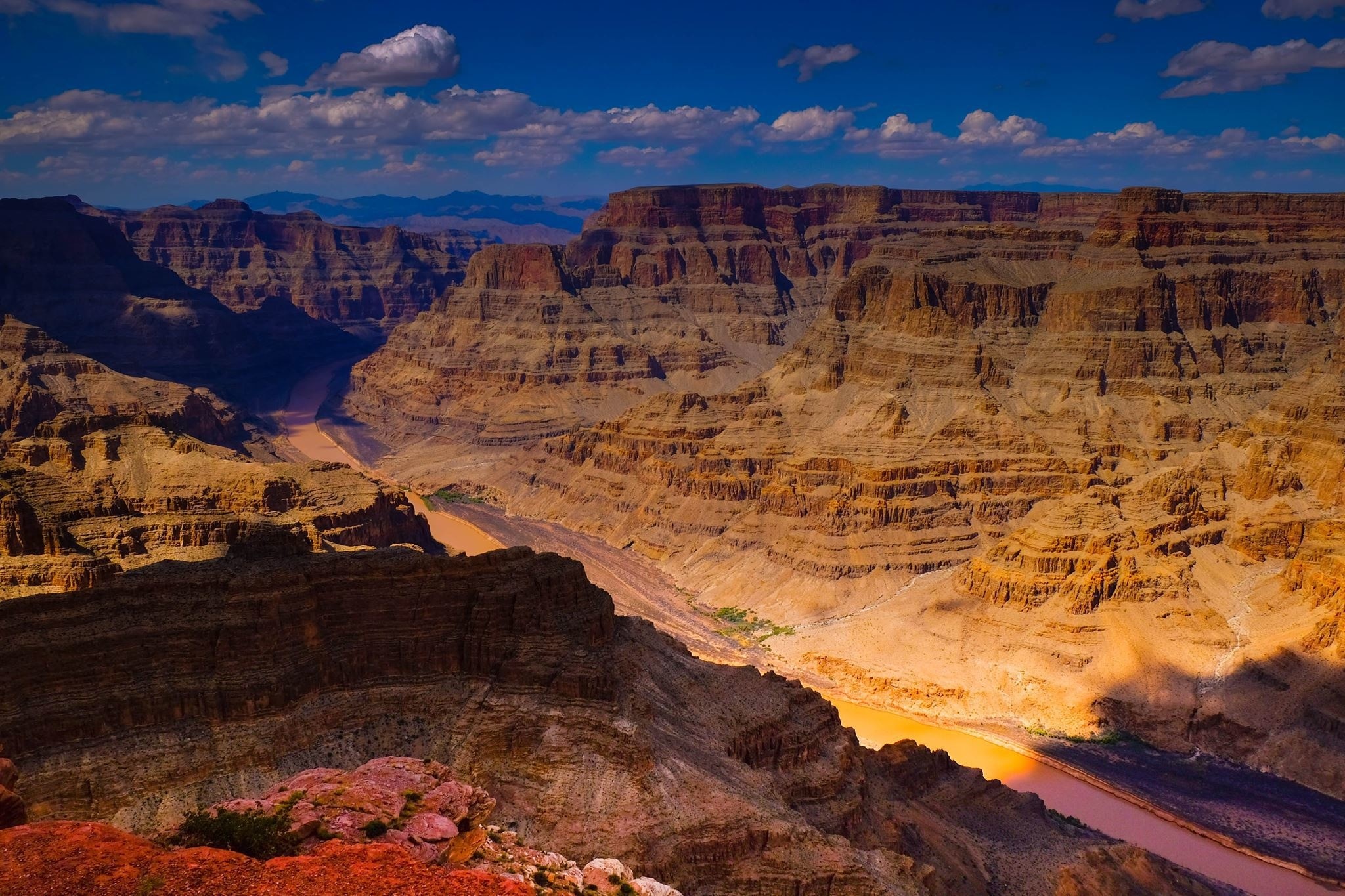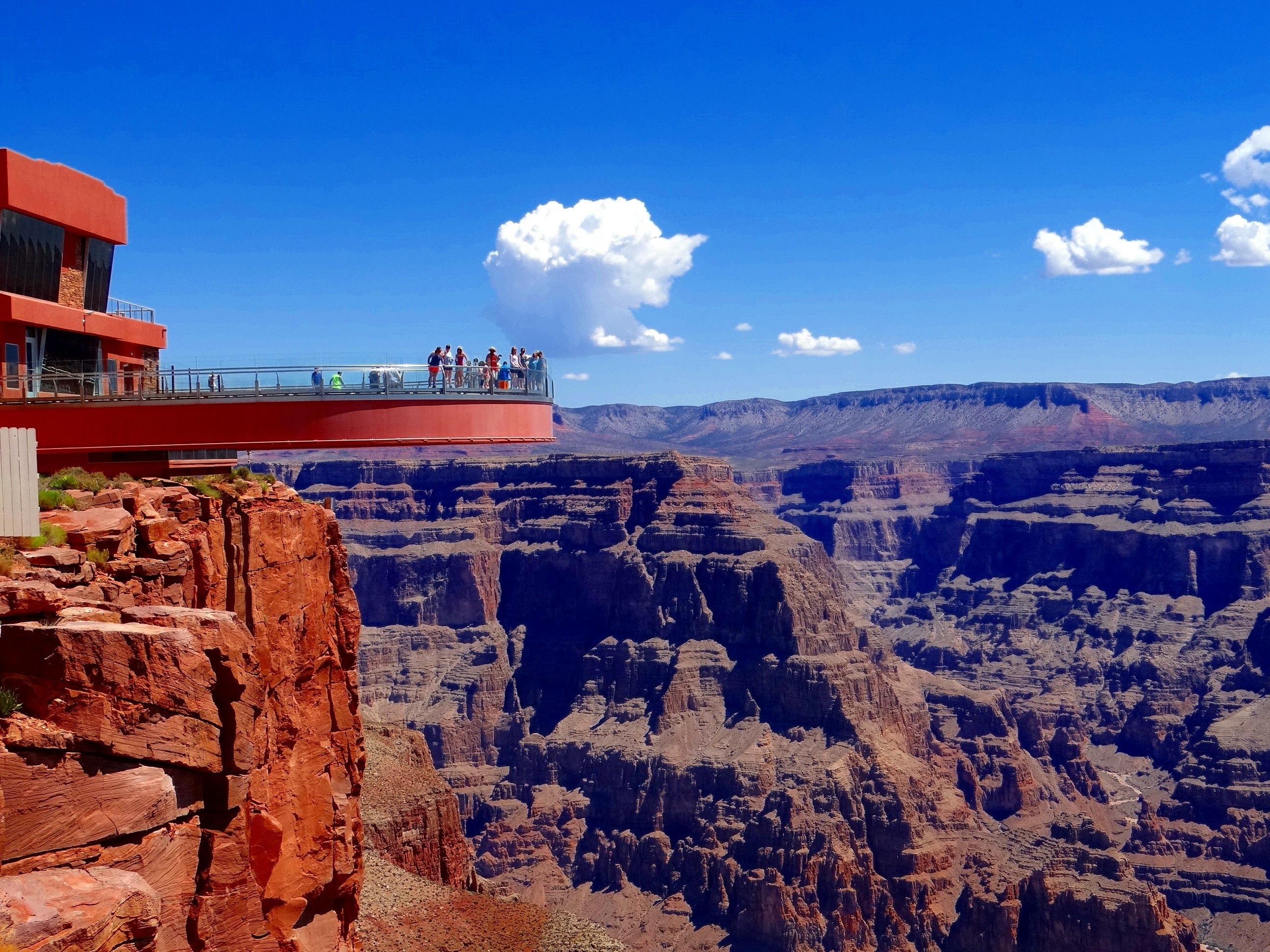
The Untamed Heart of Route 66: Peach Springs and the Hualapai’s Grand Vision
Peach Springs, Arizona, is a place where the echoes of America’s Mother Road meet the ancient whispers of a vast canyon. Nestled deep within the sun-baked, rugged landscape of northwestern Arizona, this small, unassuming town serves as the capital of the Hualapai Nation and a vital, if often overlooked, gateway to the Grand Canyon’s majestic western rim. It’s a place of stark contrasts: a humble stretch of historic Route 66 pavement leading to a natural wonder of global renown, a community grappling with the challenges of remoteness while forging an ambitious path towards self-determination through tourism.
For many, the mention of Route 66 conjures images of neon signs, roadside diners, and the quintessential American road trip. Peach Springs, lying roughly 50 miles northeast of Kingman, embodies much of that nostalgic charm, with its vintage motel signs and a palpable sense of a bygone era. Yet, dig deeper than the weathered facades and you uncover a story far richer and more complex: a narrative of a sovereign people, the Hualapai, who have called this land home for millennia, and who are now, through sheer ingenuity and resilience, inviting the world to experience their unique corner of the Grand Canyon.
A Crossroads of History and Heritage

The Hualapai, whose name translates to "People of the Tall Pines," have traditionally occupied a vast territory stretching from the Grand Canyon’s South Rim to the Colorado River, and from the Aquarius Mountains east to the San Francisco Peaks. Their ancestral lands were rich in resources, allowing them to thrive as hunter-gatherers. The arrival of European settlers in the 19th century brought conflict, displacement, and hardship, culminating in the establishment of the Hualapai Reservation in 1883, a fraction of their original domain.
Peach Springs itself gained prominence in the late 19th century as a stop on the Atlantic and Pacific Railroad. Later, with the advent of the automobile age, it became a crucial point on Route 66, a lifeline connecting Chicago to Los Angeles. Travelers would fuel up, grab a bite, and often spend the night before continuing their journey across the vast Arizona desert. The famous Hualapai Lodge, still standing today, dates back to this era, offering a tangible link to Route 66’s golden age.
However, the construction of Interstate 40 in the 1970s effectively bypassed Peach Springs, much like countless other towns along the Mother Road. The once-thriving stream of travelers dried up, plunging the community into economic decline. Jobs were scarce, and the Hualapai Nation faced significant challenges in providing for its people. This period of isolation, though economically devastating, also inadvertently preserved much of Peach Springs’ authentic Route 66 character and, more importantly, allowed the Hualapai to further solidify their cultural identity away from the relentless gaze of mainstream tourism.
The Grand Canyon West Vision: A Leap of Faith
The turning point for Peach Springs and the Hualapai Nation came with a bold vision: to leverage their unique proximity to the Grand Canyon. Unlike the more famous South and North Rims, which are managed by the National Park Service, the western rim of the Grand Canyon falls entirely within the Hualapai Reservation. This presented an unprecedented opportunity for self-determination.
In the late 1980s, the Hualapai began developing Grand Canyon West, an ambitious tourism venture aimed at creating jobs and revenue for the tribe. It was a risky proposition, requiring significant investment and a belief in their ability to draw visitors to a previously inaccessible and undeveloped part of the canyon. The crown jewel of this endeavor, the Grand Canyon Skywalk, was unveiled in 2007. This U-shaped, glass-bottomed bridge extends 70 feet out over the canyon rim, suspended 4,000 feet above the Colorado River, offering unparalleled, dizzying views.
The Skywalk was a global sensation, instantly drawing millions of visitors from around the world. It sparked controversy, with some critics questioning its environmental impact and aesthetic fit within the natural wonder. However, for the Hualapai, it was a lifeline. "We had to do something," explained a tribal elder during a community meeting, a sentiment often echoed by tribal leaders. "Our people needed jobs, our children needed opportunities. This land is ours, and we have the right to develop it responsibly to benefit our nation."
The success of the Skywalk transformed Peach Springs. Grand Canyon West now employs hundreds of Hualapai tribal members in various capacities, from hospitality and transportation to cultural interpretation and administrative roles. The revenue generated has been reinvested into essential tribal services, including healthcare, education, housing, and infrastructure projects that were once severely underfunded.

Life on the Reservation: Beyond the Tourist Gaze
While Grand Canyon West has brought economic vitality, life in Peach Springs remains a delicate balance between tradition and modernity. The town itself is small, with a population hovering around 1,000, predominantly Hualapai. It’s a tight-knit community where family ties run deep, and the Hualapai language, Hualapai Havasupai, though endangered, is actively being revitalized through tribal programs.
Daily life here is a blend of the familiar and the unique. Children attend local schools, tribal council meetings address community needs, and the rhythms of reservation life unfold against the backdrop of the rugged Arizona landscape. Challenges persist, of course. Remoteness means limited access to certain services, and like many indigenous communities, the Hualapai face ongoing struggles with poverty, healthcare disparities, and the lingering effects of historical trauma.
However, there is an undeniable spirit of resilience and cultural pride. The Hualapai people are deeply connected to their ancestral lands, and this connection permeates their identity. Traditional ceremonies, storytelling, and the passing down of knowledge from elders to youth remain vital components of their cultural fabric. The tourism at Grand Canyon West is not just an economic venture; it’s also an opportunity for the Hualapai to share their culture, history, and perspectives with a global audience, on their own terms.
Diamond Creek Road: The Canyon’s Untamed Heart
One of Peach Springs’ most extraordinary features, and a testament to the Hualapai’s unique relationship with the Grand Canyon, is Diamond Creek Road. This unpaved, often rugged 21-mile dirt road, accessible only through the Hualapai Reservation, is the only road that leads directly to the bottom of the Grand Canyon and the banks of the Colorado River. It’s a journey into the wild, a true off-road adventure that culminates in a breathtaking encounter with the mighty river.
The Hualapai Nation operates the only commercial whitewater rafting trips that launch directly from the bottom of the Grand Canyon via Diamond Creek. This offers a distinct experience compared to the multi-day trips that launch further upstream. Visitors can embark on exhilarating day or overnight rafting excursions, navigating the powerful rapids of the Colorado, witnessing ancient petroglyphs, and experiencing the canyon from a perspective few ever see.
"When you come down Diamond Creek Road, you’re not just driving a road; you’re entering our homeland in a very deep way," a Hualapai guide once explained. "You feel the canyon, you hear the river, and you understand why this place is so sacred to us." This unique access to the Colorado River underscores the Hualapai’s profound stewardship of this natural wonder and offers a powerful counter-narrative to the idea that the Grand Canyon is solely a national park experience.
The Future: Sustaining a Legacy
The future of Peach Springs and the Hualapai Nation is one of continued innovation and careful stewardship. While the Skywalk remains a major draw, the tribe is diversifying its tourism offerings, encouraging visitors to explore beyond the main attraction. This includes guided tours of the reservation, horseback riding, helicopter tours over the canyon, and immersive cultural experiences that delve deeper into Hualapai traditions.
There’s a conscious effort to ensure that tourism development is sustainable and respectful of the land and culture. The Hualapai understand that their greatest asset is the pristine beauty of their ancestral lands and the authenticity of their heritage. As one tribal leader eloquently put it, "We’re not just selling a view; we’re sharing our home, our history, and our future. We want people to come, to learn, and to leave with a deeper appreciation for this land and our people."
Peach Springs, Arizona, is more than just a dot on the map or a faded memory of Route 66. It is the vibrant, beating heart of the Hualapai Nation, a place where ancient traditions meet modern ambition. It stands as a testament to the resilience of indigenous peoples, their unwavering connection to their land, and their ability to forge a path towards a prosperous future on their own terms, inviting the world to witness the untamed beauty and profound spirit of the Grand Canyon’s western gateway.


